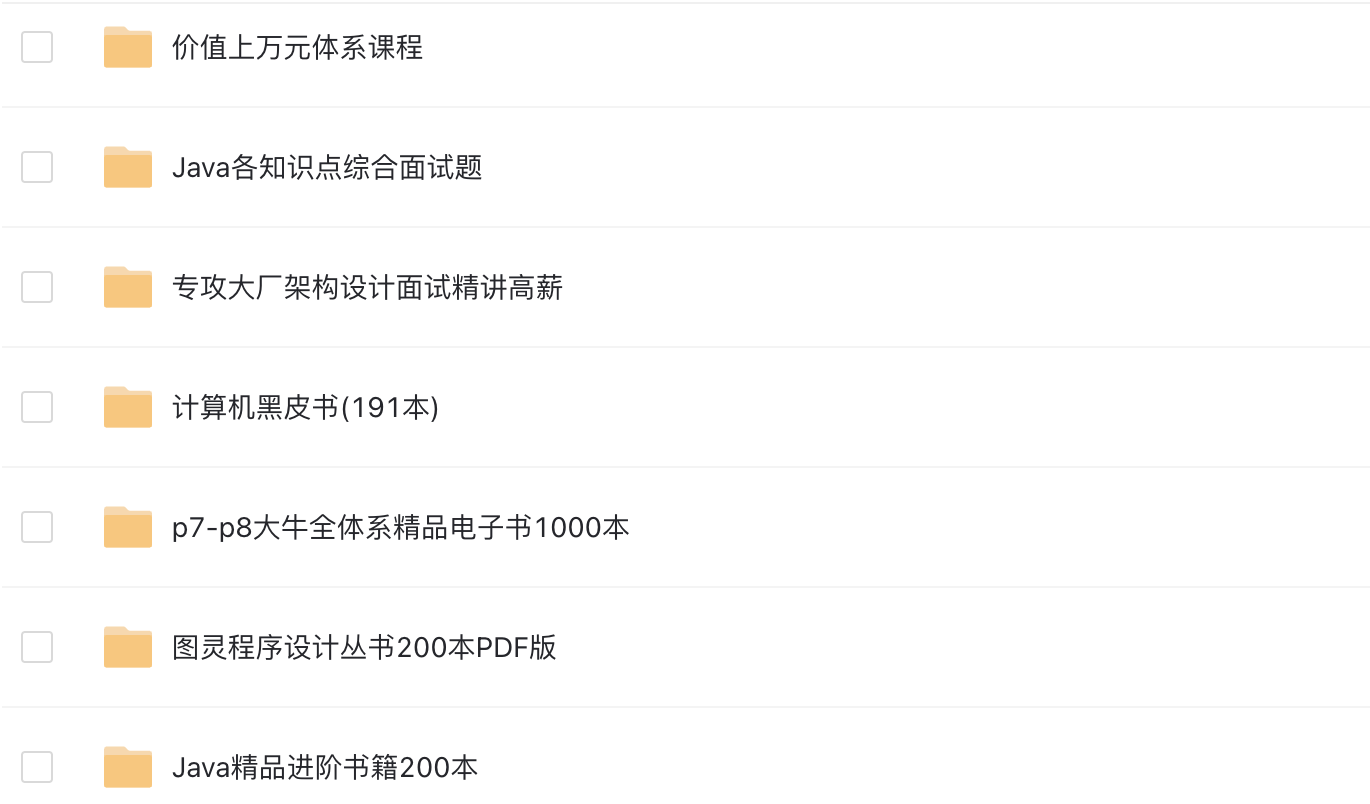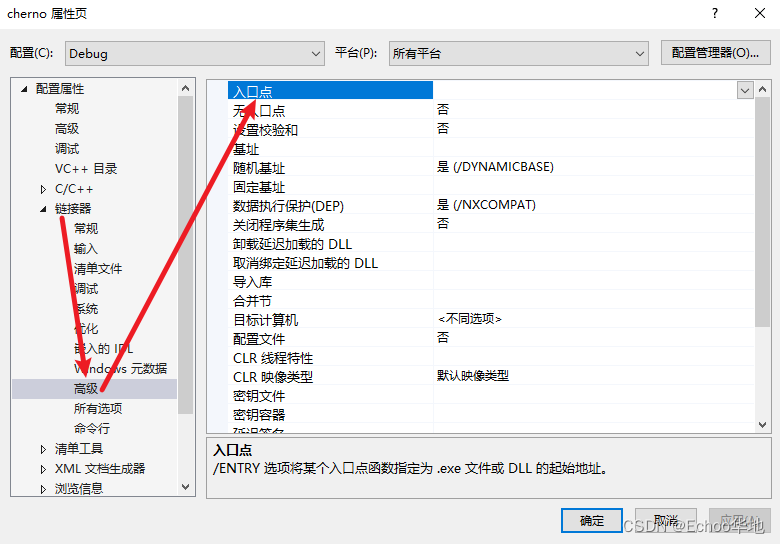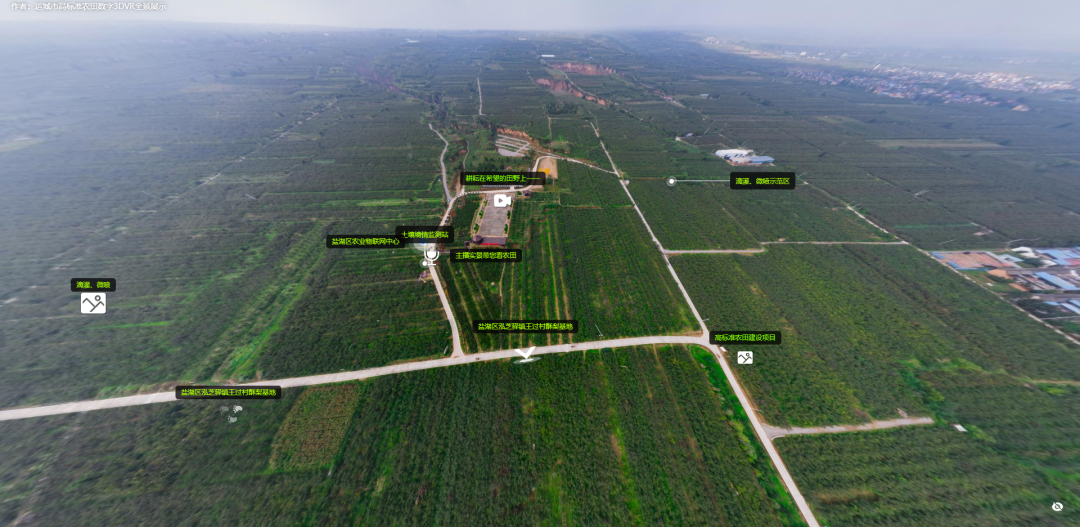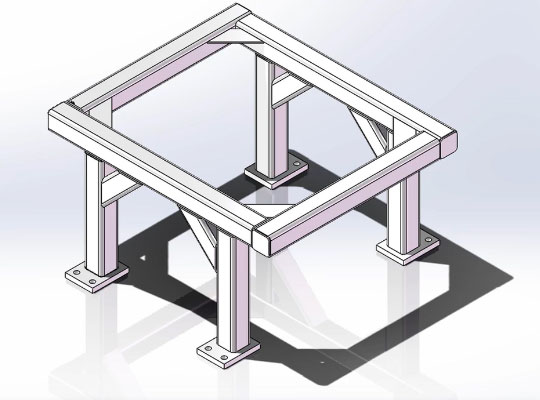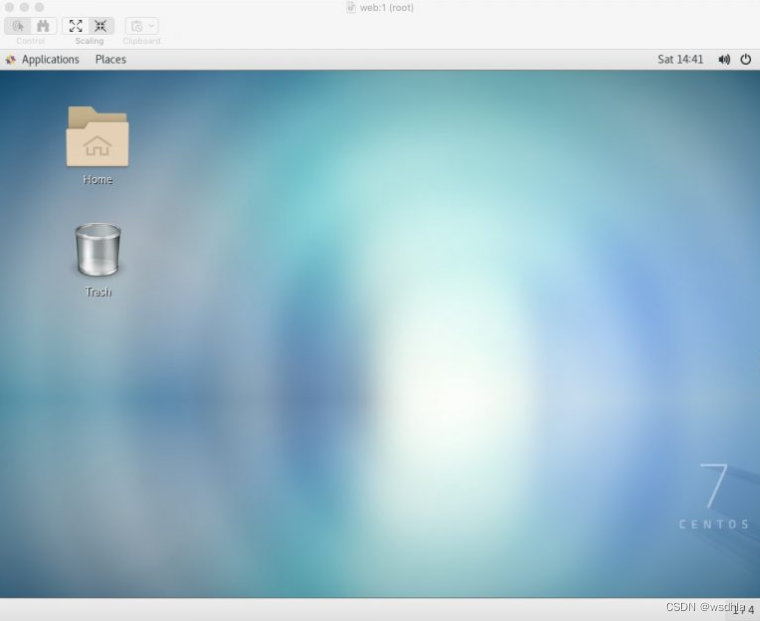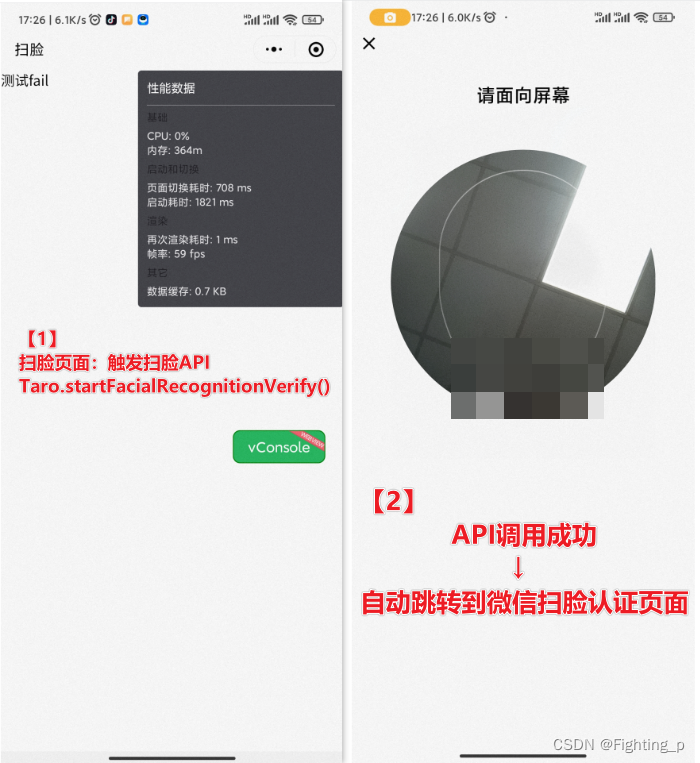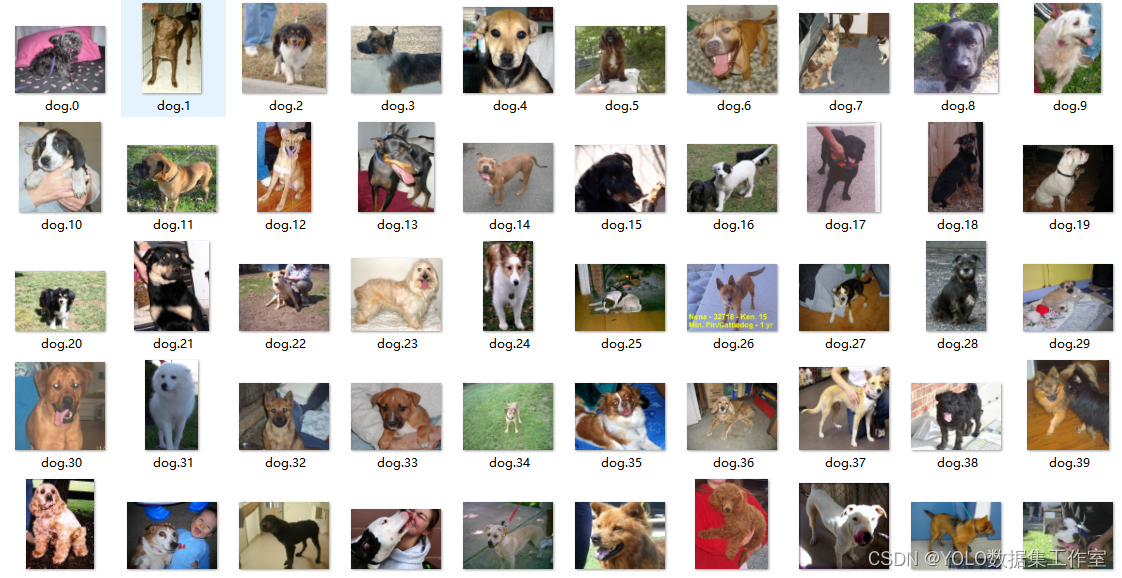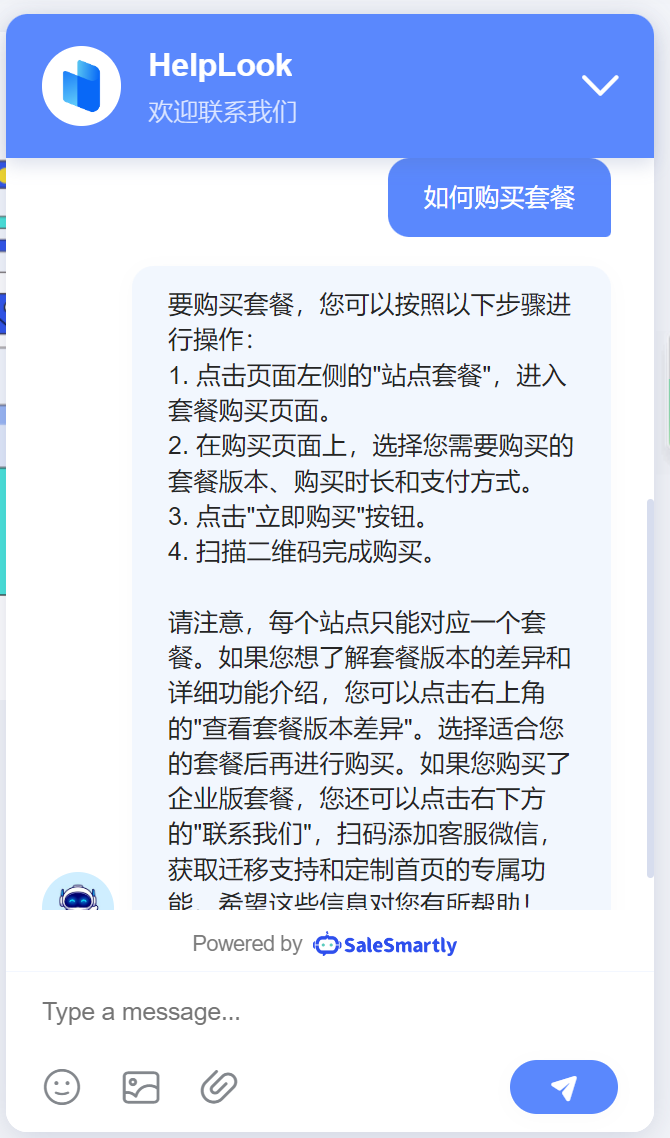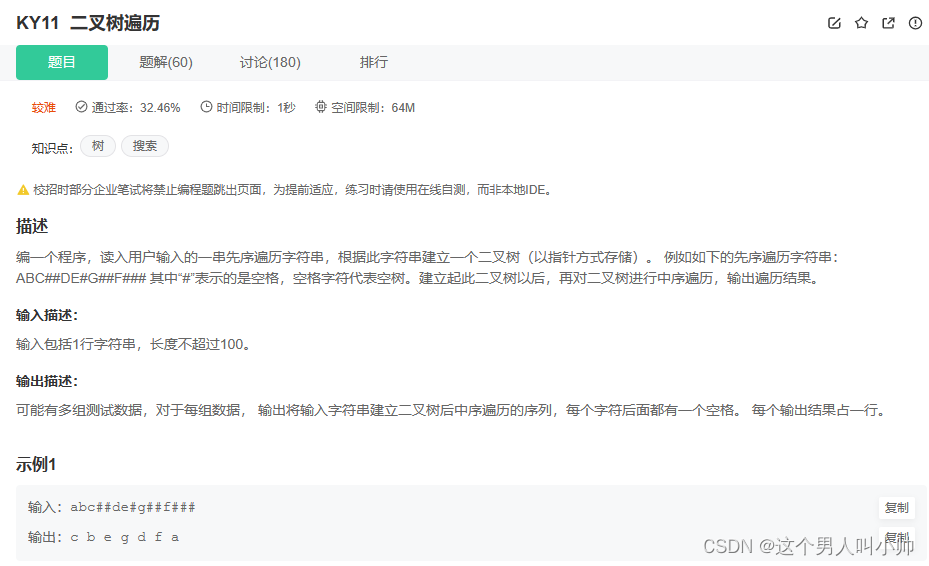1、迭代器模式(Iterator Pattern)含义
迭代器模式(Iterator),提供一种方法顺序访问一个聚合对象中各个元素,而不暴露该对象的内部表示。【DP】
通过使用迭代器模式,可以将遍历算法与集合对象解耦,使得集合对象的结构和遍历算法可以独立变化。
2、迭代器模式的UML图学习
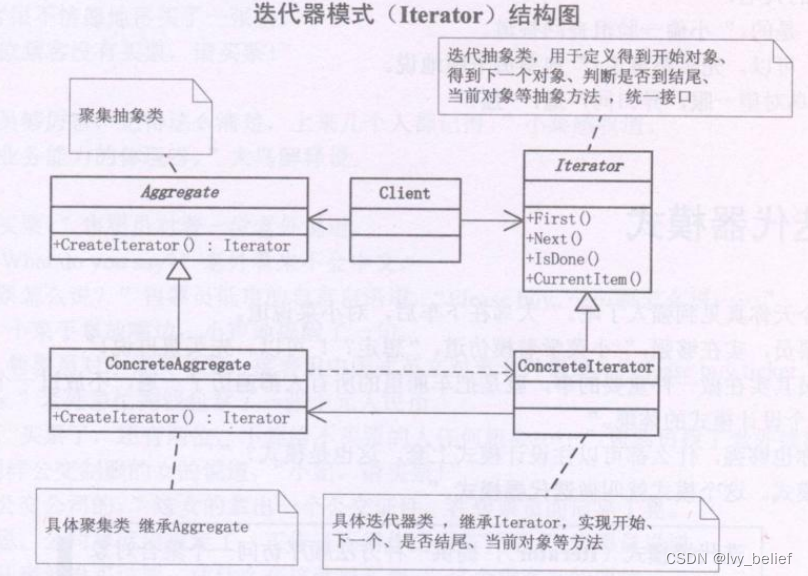
迭代器模式的主要几个角色:
(1)迭代器(Iterator):定义了访问和遍历集合对象元素的接口,包括获取下一个元素、判断是否还有元素等方法。
(2)具体迭代器(Concrete Iterator):实现迭代器接口,对具体的集合对象进行遍历操作。
(3)集合(Aggregate):定义创建迭代器对象的接口,可以是一个抽象类或接口。
(4)具体集合(Concrete Aggregate):实现集合接口,创建相应的具体迭代器对象。
3、迭代器模式的应用场景
(1)需要遍历一个聚合对象,而又不暴露其内部表示。
(2)需要对聚合对象提供多种遍历方式。
(3)需要提供一个统一的遍历接口,以便客户端代码能够以统一的方式处理不同类型的集合对象。
4、迭代器模式的优缺点
(1)优点
1)简化集合对象的接口:迭代器模式将遍历集合对象的责任封装到迭代器中,使得集合对象本身的接口更加简洁。
2)支持多种遍历方式:通过定义不同的迭代器,可以支持不同的遍历方式,如正向遍历、逆向遍历等。
3)提供了一种统一的遍历接口:迭代器模式提供了一种统一的遍历接口,使得客户端代码可以以统一的方式访问不同类型的集合对象。
(2)缺点
1)增加了系统的复杂性:引入迭代器模式会增加额外的类和接口,增加了系统的复杂性。
2)遍历过程中不能修改集合对象:使用迭代器遍历集合对象时,不能在遍历过程中修改集合对象,否则可能导致遍历结果不准确。
5、C++实现迭代器模式的实例
#include <iostream>
#include <vector>
// 迭代器接口
class Iterator
{
public:
virtual int next() = 0;
virtual bool hasNext() = 0;
};
// 具体迭代器
class ConcreteIterator : public Iterator
{
private:
std::vector<int> collection;
int position;
public:
ConcreteIterator(std::vector<int> coll) : collection(coll), position(0) {}
int next() override
{
return collection[position++];
}
bool hasNext() override
{
return position < collection.size();
}
};
// 集合接口
class Aggregate
{
public:
virtual Iterator* createIterator() = 0;
};
// 具体集合
class ConcreteAggregate : public Aggregate
{
private:
std::vector<int> collection;
public:
ConcreteAggregate(std::vector<int> coll) : collection(coll) {}
Iterator* createIterator() override
{
return new ConcreteIterator(collection);
}
};
int main()
{
std::vector<int> data = {1, 2, 3, 4, 5};
Aggregate* aggregate = new ConcreteAggregate(data);
Iterator* iterator = aggregate->createIterator();
while (iterator->hasNext())
{
std::cout << iterator->next() << " ";
}
std::cout << std::endl;
delete iterator;
delete aggregate;
return 0;
}
在上述示例中,我们定义了迭代器接口Iterator和具体迭代器ConcreteIterator,以及集合接口Aggregate和具体集合ConcreteAggregate。通过实现这些接口和类,我们可以创建一个包含整数元素的集合对象,并使用迭代器遍历集合中的元素。



